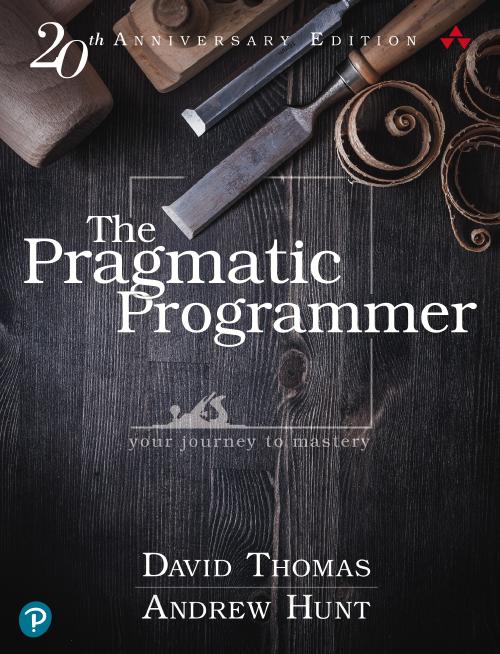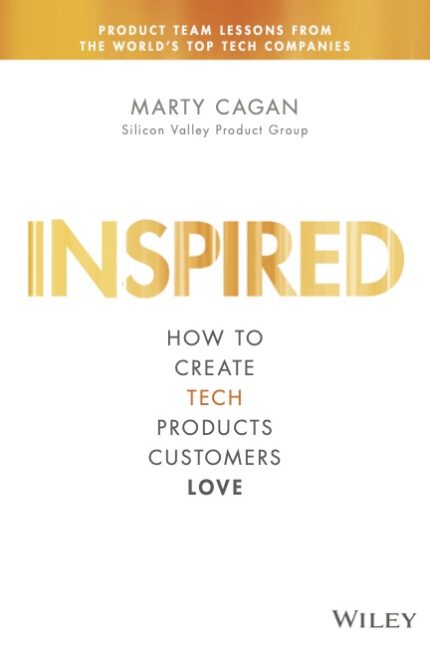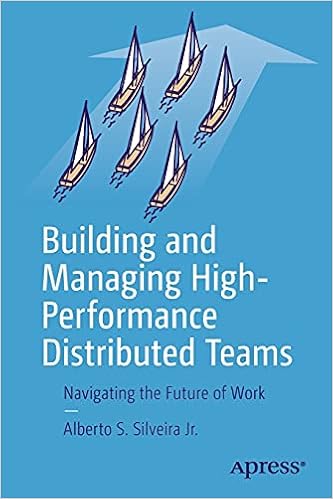Some are old-school classics, others are fresh onto the digital shelves. As a senior-to-lead engineer, you have the experience to critically revisit the most influential books on Software Engineering, Product Design, and Development. This also means you’re now able to extract new insights, grounded in your own experiences.
Here’s our updated list of must-reads for tech professionals looking to hone their skills, build better products, and lead with confidence.
1. Building and Managing High-Performance Distributed Teams (Alberto Silveira)
With remote and hybrid work models becoming the norm, managing distributed teams is a skill every leader needs. Silveira updates best practices for software engineering and product management in a work-from-anywhere reality. Learn how to boost team morale and productivity while maintaining a human-centered approach.
📖 Why Read It? Learn to scale, align, and manage global teams effectively while maintaining technical excellence and a strong culture.
➡️ Buy it here
2. Peopleware (Timothy Lister & Tom DeMarco)
A classic since its first edition in 1987, Peopleware focuses on the human side of software development. The authors argue that most software project issues are sociological, not technological—a crucial insight for leaders and developers alike.
📖 Why Read It? Understand team dynamics, collaboration challenges, and productivity factors that impact software development success.
➡️ Buy it here
3. The Manager’s Path (Camille Fournier)
This must-read for new and aspiring tech leaders helps bridge the gap between technical expertise and people management. Fournier outlines career growth paths for engineers, from tech lead to VP of Engineering.
📖 Why Read It? Learn how to mentor, guide, and scale engineering teams while staying true to technical excellence.
➡️ Buy it here
4. Lean Inception (Paulo Caroli)
If you’re looking to align teams on a Minimum Viable Product (MVP), this book is for you. It combines Design Thinking and Lean Startup principles into a collaborative workshop framework that helps teams move from idea to execution efficiently.
📖 Why Read It? Get a step-by-step guide for running lean inception workshops and defining MVP scope effectively.
Want some quick tips on this? Check out our Tech Startups playlist on YouTube:
5. Clean Architecture (Robert C. Martin – Uncle Bob)
Uncle Bob dives deep into software architecture principles, emphasizing how to build scalable, maintainable, and testable applications. The book introduces the layered approach that separates business logic, interface adapters, and frameworks.
📖 Why Read It? Learn how to structure software for long-term success while keeping dependencies under control.
➡️ Buy it here
Read here how you can organize to comply and meet Enterprise Business rules, Application Business rules, Interface Adapters, and Frameworks.
6. Test-Driven Development (Kent Beck)
This book revolutionized the way developers write code. Beck’s approach ensures software quality from the outset by writing tests before actual code. It’s a game-changer for reducing bugs and improving code maintainability.
📖 Why Read It? Master TDD principles and eliminate fear in software development.
➡️ Buy it here
7. Designing Data-Intensive Applications (Martin Kleppmann)
With big data and scalable systems becoming essential, Kleppmann’s book serves as a comprehensive guide to modern data storage, management, and processing strategies.
📖 Why Read It? Learn how to design scalable, reliable, and maintainable data systems in a practical, easy-to-digest format.
➡️ Buy it here
8. Building Microservices (Sam Newman)
This definitive guide to microservices architecture explains how to transition from monolithic applications to distributed systems while balancing complexity and scalability.
📖 Why Read It? Discover best practices for microservices development, deployment, and maintenance.
➡️ Buy it here
9. Refactoring (Martin Fowler & Kent Beck)
Effective refactoring keeps codebases flexible, maintainable, and cost-efficient. Fowler’s book provides 70+ refactoring techniques, their motivations, and how to implement them safely.
📖 Why Read It? Learn how to improve existing code without introducing bugs, making your software easier to maintain.
➡️ Buy it here
10. Accelerate (Nicole Forsgren, Jez Humble & Gene Kim)
This book is a must-read for DevOps engineers, CTOs, and software leaders. It provides data-driven insights on high-performing engineering teams and what separates them from the rest.
📖 Why Read It? Learn the key metrics and best practices that drive software delivery performance.
➡️ Buy it here
11. The Pragmatic Programmer (Andrew Hunt & David Thomas) 
A timeless classic, this book covers fundamental software engineering principles that help developers write better, more maintainable code.
📖 Why Read It? Master best practices for debugging, automation, and refactoring to become a better problem solver.
➡️ Buy it here
12. Inspired (Marty Cagan)
One of the best product management books available, Inspired explores how top tech companies build products that customers love. Cagan explains what separates successful product teams from the rest.
📖 Why Read It? Learn how to define product vision, strategy, and execution in high-growth tech companies.
➡️ Buy it here
Final Thoughts
What did you think about our updated must-read list? Whether you’re a software engineer, product designer, or tech leader, these books offer valuable insights into engineering excellence, leadership, and product development.
💡 Have a favorite book that’s missing from this list? Let us know in the form below or pitch us an article idea!

International Marketing Leader, specialized in tech. Proud to have built marketing and business generation structures for some of the fastest-growing SaaS companies on both sides of the Atlantic (UK, DACH, Iberia, LatAm, and NorthAm). Big fan of motherhood, world music, marketing, and backpacking. A little bit nerdy too!



